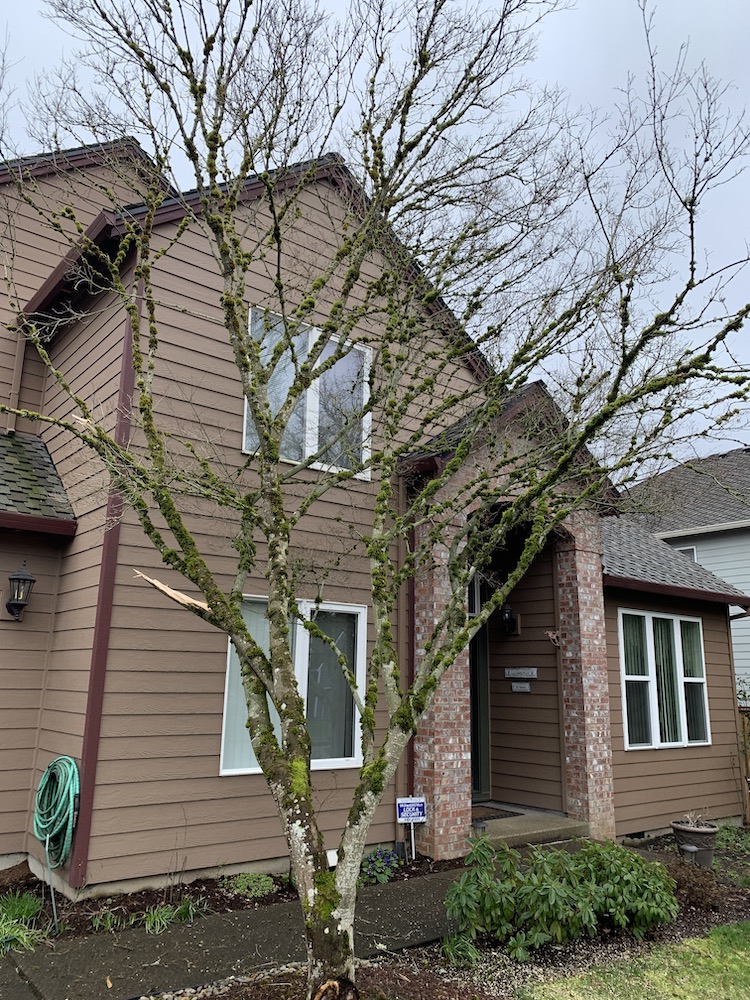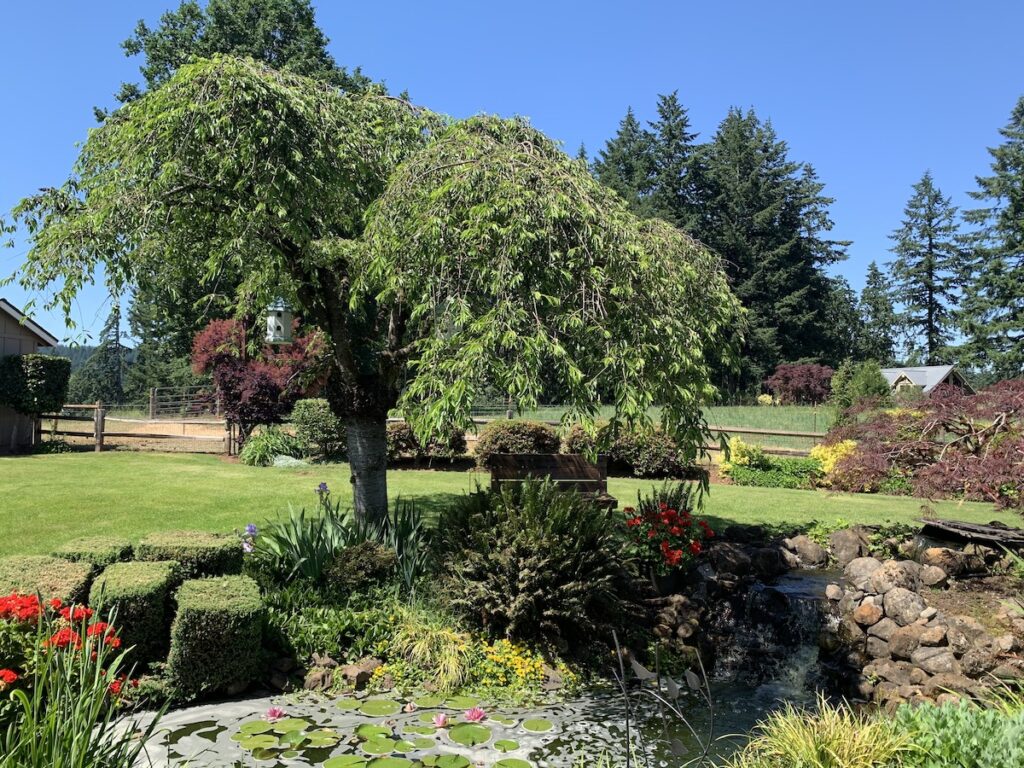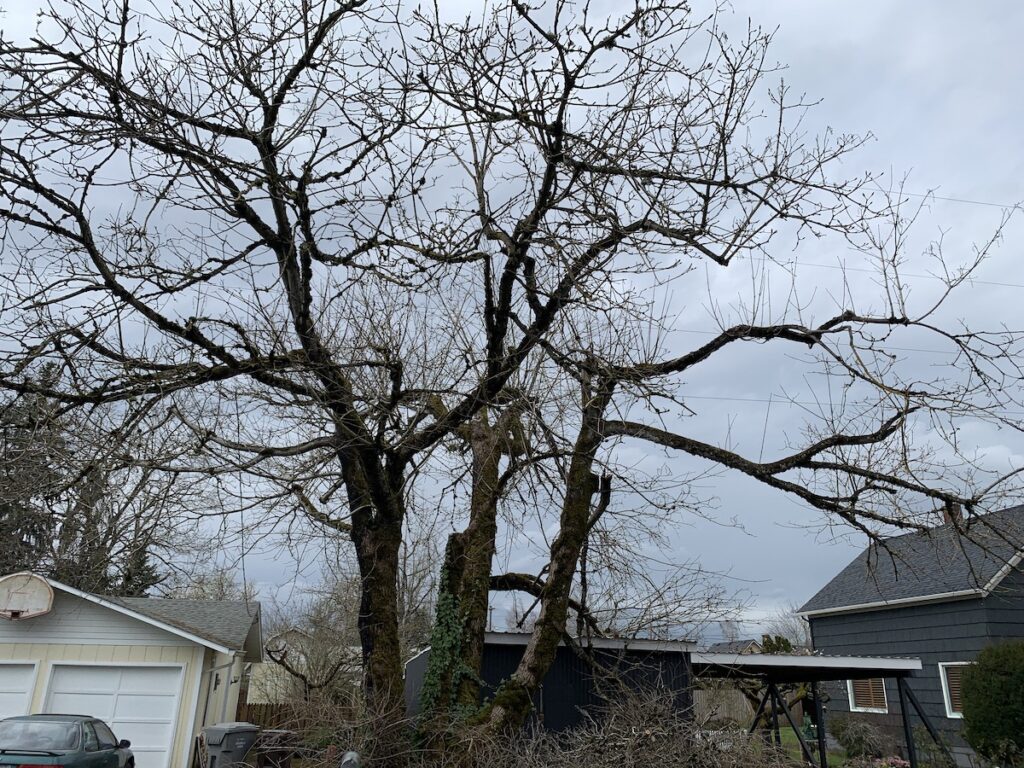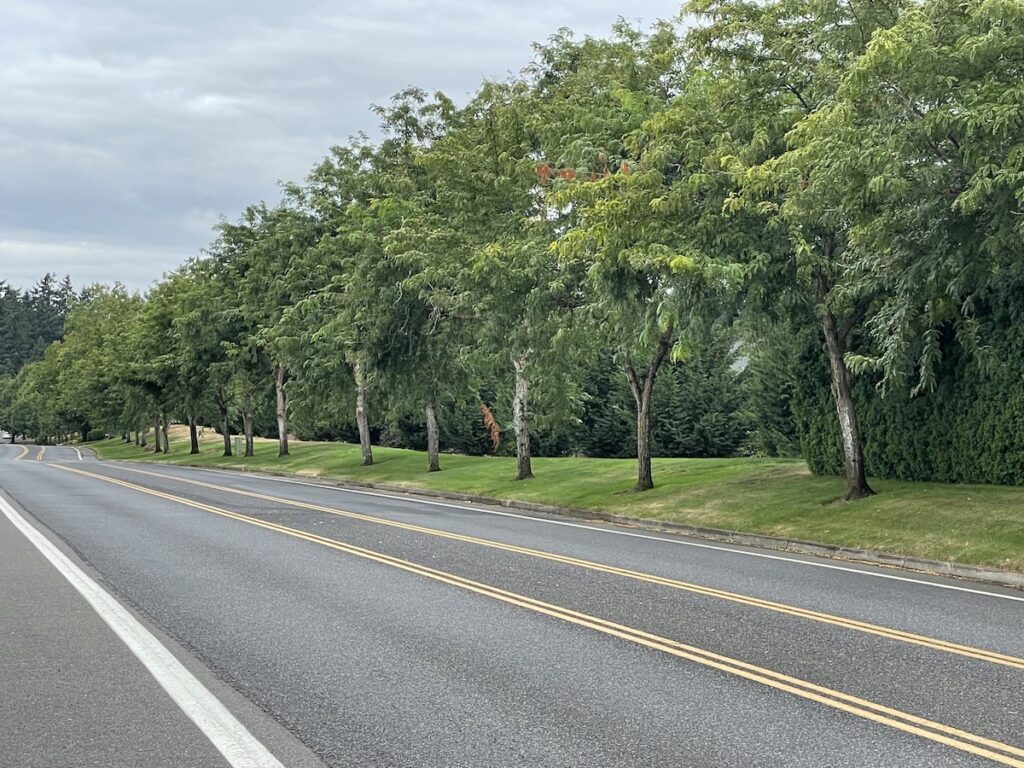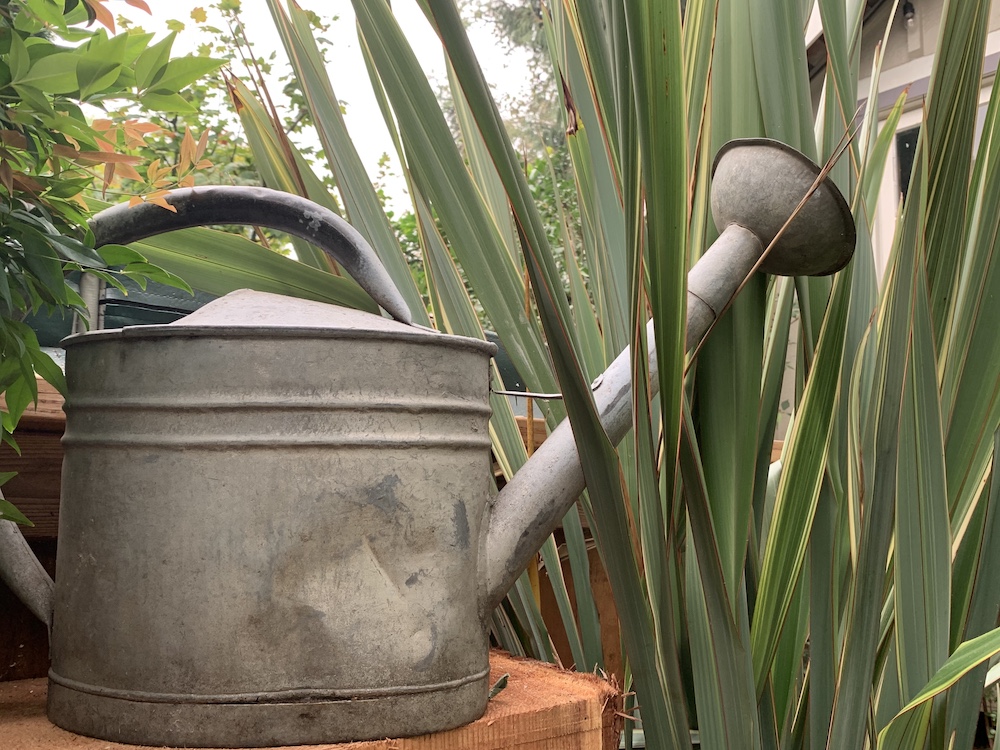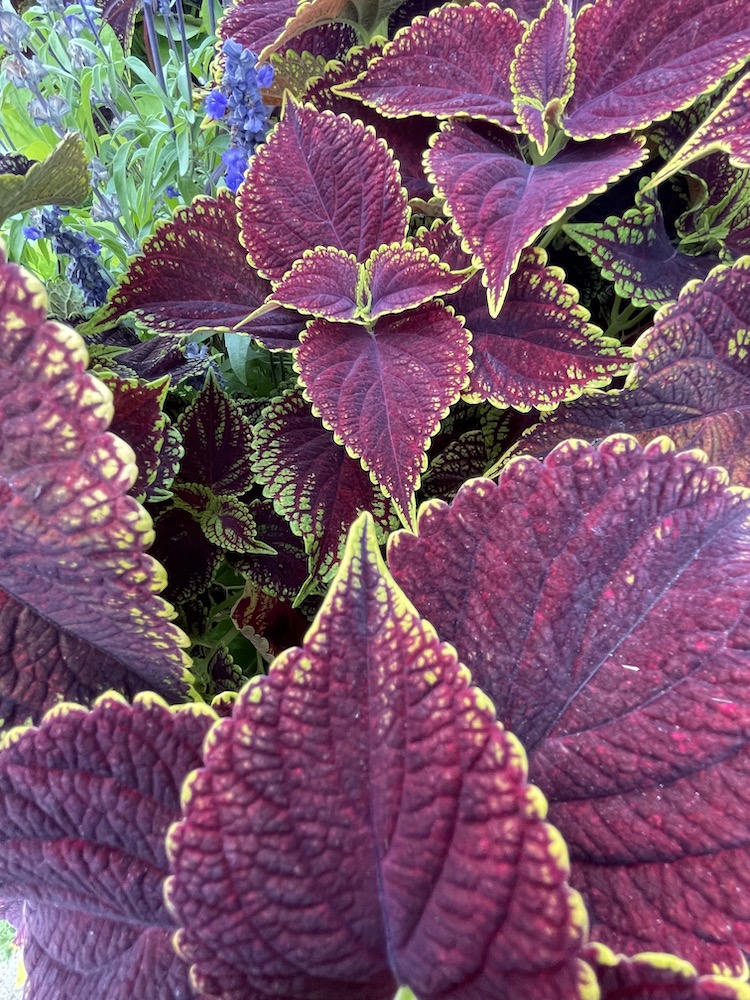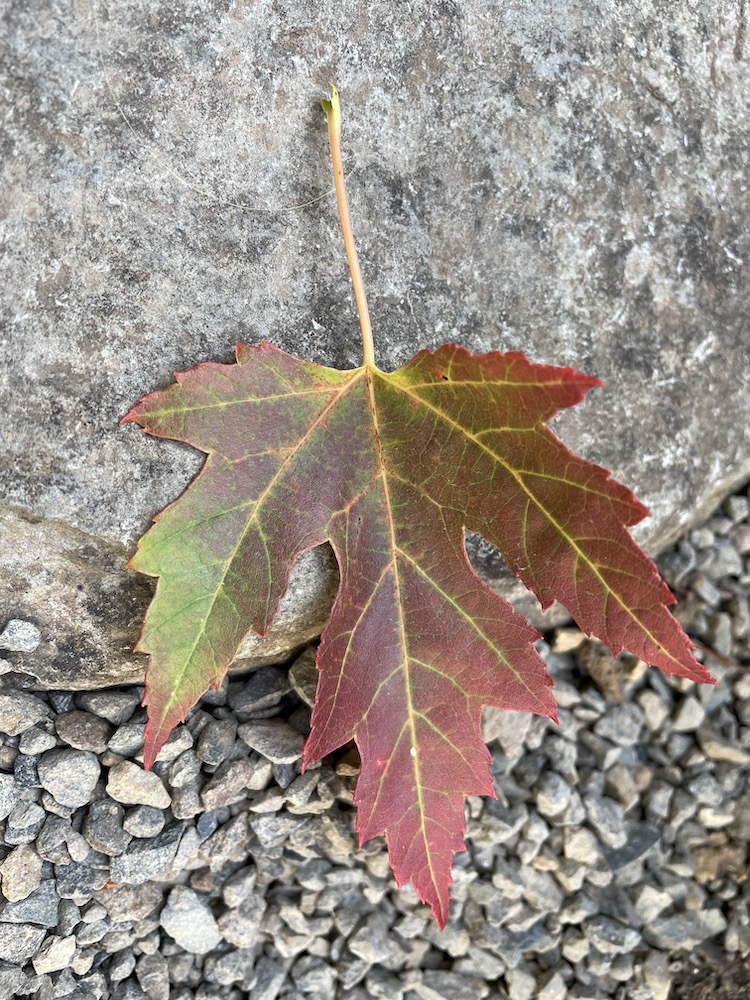We are pleased to announce that in the last several days Good News Tree Service, Inc. of Wilsonville has saved two more giant trees from eradication.
The first tree was a large 150 to 175 year-old native Oregon white oak tree that the property owner received bid from a well-known, local tree service to remove. We were also asked to submit a bid for its removal, but after interviewing the owner about his intentions for his land, I presented him with some alternatives that included saving the tree. Sadly, my competitor did not even discuss these options with the owner. It’s all about money, money, money with some tree services. Why let a perfectly savable tree stand in the way of making a few extra bucks?! Shame on the other guys!!!
In the end, the owner saved a boat load of money, prevented diminishing the the value of his property aesthetically and economically by keeping the tree, and did the right things for humanity and the earth by saving a glorious, ancient oak tree.
Now Good News Tree Service, Inc. didn’t make a dime off this deal, but we walked away feeling good because we did the right thing!
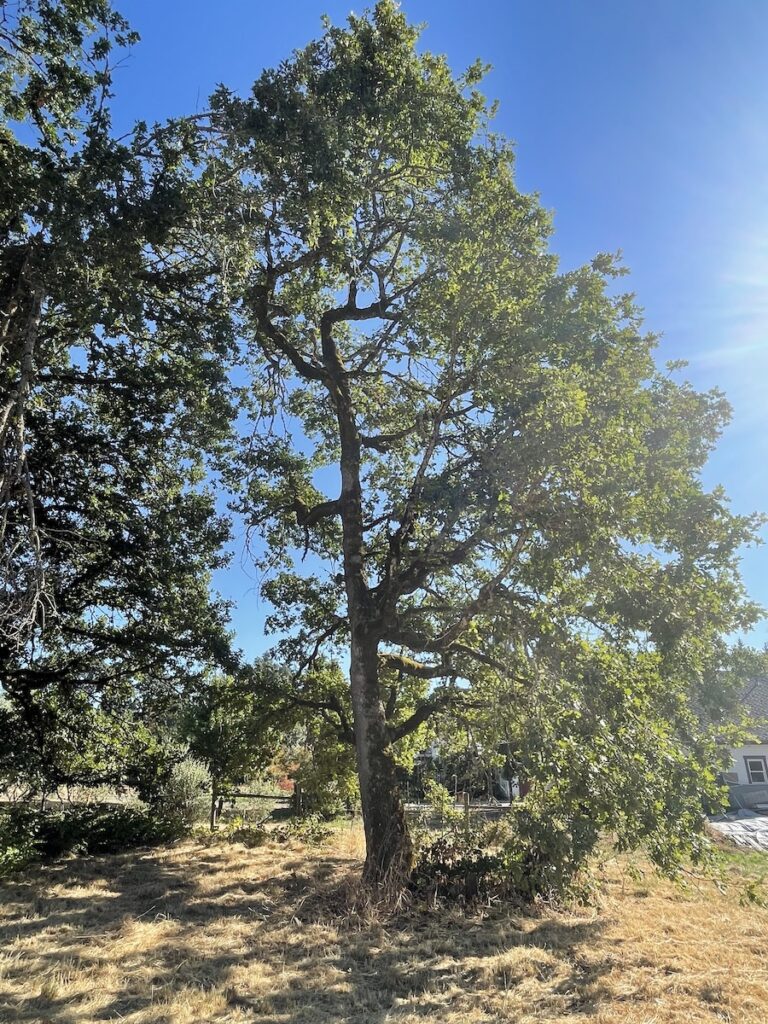
The second tree was an enormous Douglas-fir located next to someone’s house that was damaged in the recent ice storm. The owners were intent on removing it, even though they liked the tree. They were afraid that more branches might drop on their house in another storm—a justifiable concern.
However, after presenting the owners some options that would lessen the likelihood of future damage to their home, they decided to keep the tree. Good News Tree Service, Inc. will go in and clean up the storm damage, and in the process save a perfectly good tree.
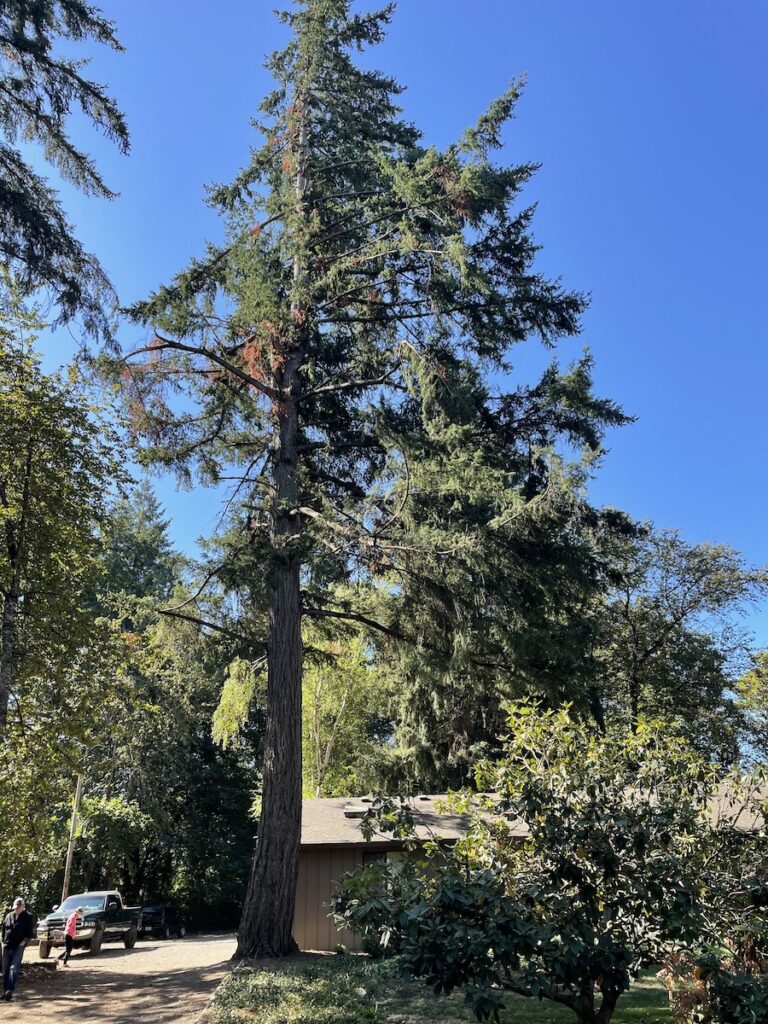
Now that’s some good news, and one of several reasons why we are called the Good News Tree Service. We believe that we have a divine mission to save as many trees as possible and to help make the world a more beautiful place one tree at a time.



